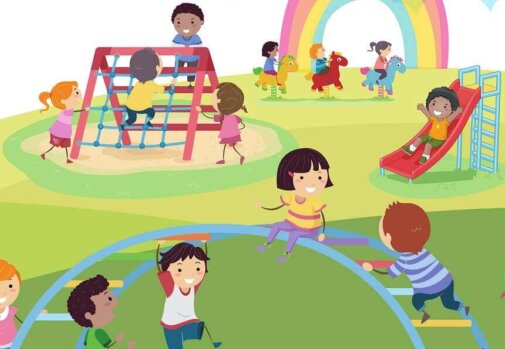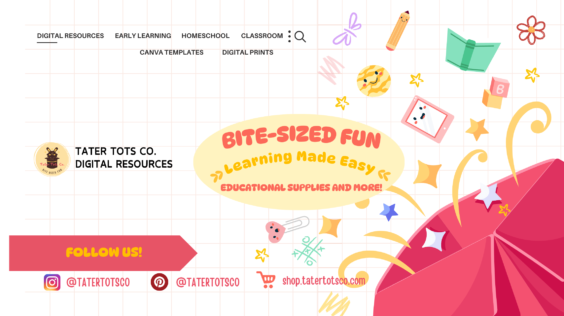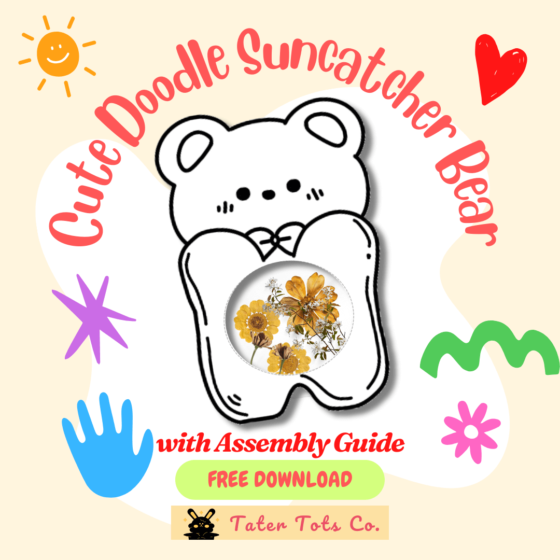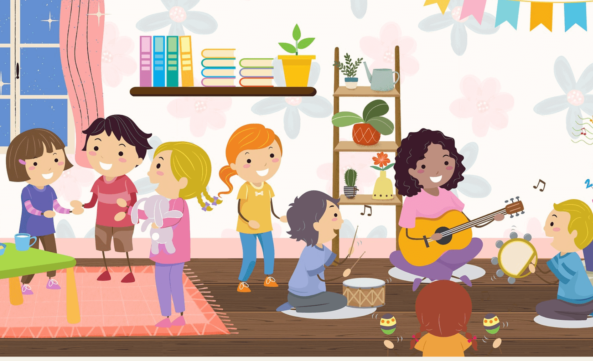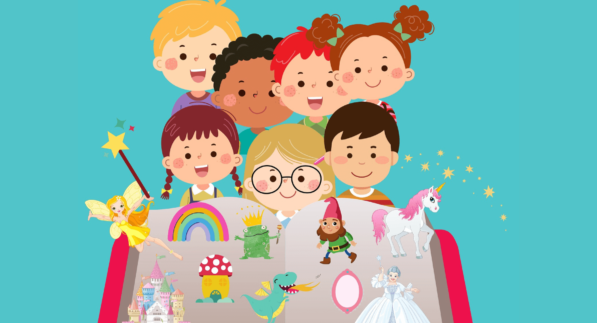
STEM education fosters curiosity, creativity, and critical thinking in preschool through elementary school children. This guide aims to equip educators with innovative strategies and tools to enhance their STEM instruction and ensure that students develop a strong foundation in science, technology, engineering, and mathematics.
By focusing on these key aspects, teachers like yourself can ensure a well-rounded and modern educational experience for their students. Let’s jump right in and explore how to become a STEM superstar in the classroom!
Related Articles:

Discover the safest and most engaging coding platforms for kids! Check out this comprehensive guide to help young learners explore programming in a secure and supportive environment.
https://www.websiteplanet.com/blog/safest-coding-sites-for-kids/
The Pivotal Role of STEM Learning
Introducing STEM concepts early is crucial for nurturing a love for learning and exploration. STEM education helps children develop essential skills such as:
- Problem-Solving: Encouraging students to find solutions to challenges fosters resilience and resourcefulness.
- Logical Reasoning: Engaging in STEM activities enhances critical thinking and reasoning abilities.
- Curiosity and Exploration: STEM encourages children to ask questions and seek answers about the world around them.
By integrating STEM into the curriculum from preschool through elementary school, educators can lay the groundwork for future academic success.
The Art of Teaching STEM Effectively
Effective STEM teaching goes beyond traditional lecture methods. To truly engage students, hands-on learning and problem-solving exercises should be integral to your approach.
For example, implementing project-based learning can give students a chance to apply theories in a real-world context. These active learning methods make the subject matter more relatable and exciting, creating an environment where students can thrive.
Effective Strategies for Teaching STEM
To engage young learners effectively, STEM teaching must be hands-on, interactive, and developmentally appropriate. Here are some strategies for preschool to elementary educators:
Hands-On Exploration
- Interactive Learning Stations: Set up learning stations with various materials, such as building blocks, magnets, and simple machines. Allow students to explore and experiment freely.
- Science Experiments: Conduct simple experiments that allow students to observe and predict outcomes, such as mixing baking soda and vinegar to create a reaction.
Storytelling and Integration
- STEM-Themed Stories: Use engaging stories that incorporate STEM concepts. For example, a story about a young engineer can introduce basic engineering principles.
- Cross-Curricular Connections: Integrate STEM with other subjects like art or literacy. For instance, students can create a storybook about a scientific discovery.
Outdoor Learning
- Nature Walks: Take students on nature walks to observe plants, animals, and ecosystems. Encourage them to ask questions and make observations.
- Gardening Projects: Start a classroom garden where students can learn about plant biology, ecosystems, and the importance of sustainability.
Incorporating Digital Tools
Digital tools can enhance STEM learning when used appropriately. Consider these methods:
- Interactive Apps and Games: Utilize age-appropriate educational apps that promote STEM skills, such as coding games or math challenges.
- Virtual Field Trips: Take students on virtual field trips to museums, science centers, or nature reserves to explore STEM concepts in a fun and engaging way.
Sustaining Interest and Participation in STEM
Keeping students engaged in STEM subjects is crucial for their long-term success. Here are some effective strategies:
- Inquiry-Based Learning: Encourage students to ask questions and explore their curiosities through guided investigations and hands-on activities.
- Collaborative Projects: Foster teamwork by engaging students in group projects that require them to work together to solve problems, such as building a bridge from everyday materials.
Professional Development for STEM Educators
Continuous professional development is essential for teachers to stay current with the latest STEM teaching strategies and resources. Consider these avenues:
- Workshops and Conferences: Attend workshops and conferences focused on early childhood and elementary STEM education to learn from experts and network with other educators.
- Online Courses: Enroll in online courses and webinars to expand your knowledge and teaching methods in STEM education.
Unleashing Innovation in STEM Classroom Practices
Innovation is the name of the game when it comes to STEM education. Creative methods, like flipped classrooms or gamification, can make learning more interactive. You can use such techniques to go beyond traditional approaches and engage students in more meaningful ways.
Engaging STEM Resources for Preschool to Elementary Students
A variety of resources can enhance STEM learning in the classroom:
- Children’s Books: Incorporate STEM-themed children’s books that introduce scientific concepts in an engaging and age-appropriate manner.
- Manipulatives and Kits: Provide a variety of manipulatives, such as LEGO sets, robotics kits, and science experiment kits, to encourage hands-on exploration and problem-solving.
- Nature Collections: Create a nature collection area where students can display and observe natural objects, such as leaves, rocks, and insects.
Dynamic Approaches to STEM Lessons
Creating engaging lesson plans is essential for effective STEM education. Consider these strategies:
- Interdisciplinary Lessons: Combine subjects, such as a math lesson that incorporates measurements in a cooking activity or a science lesson that involves building structures.
- Real-World Problem Solving: Design lessons that challenge students to address real-world issues, such as designing a solution for reducing waste in their community.
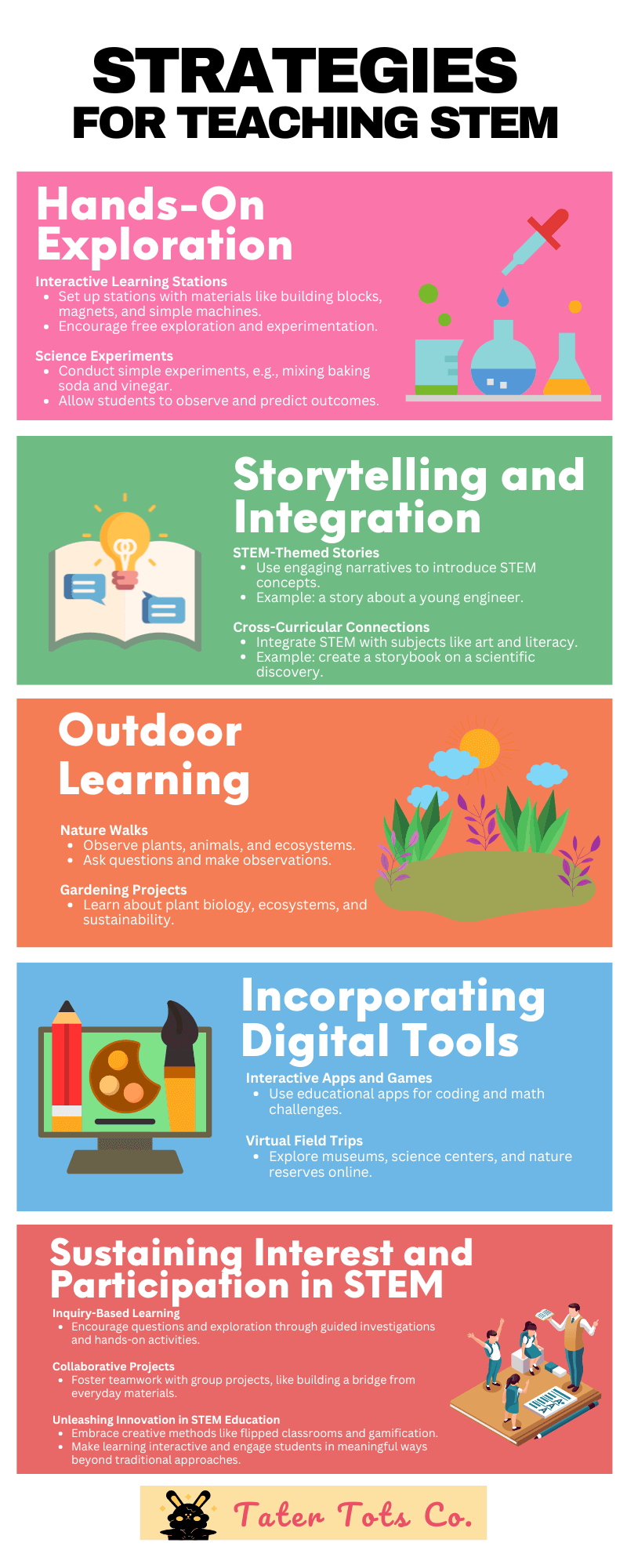
Additional Resources
STEM Education Websites
- National Science Teaching Association (NSTA) – Offers lesson plans, activities, and resources for teaching STEM subjects. https://www.nsta.org/
- Science Buddies – Provides science fair project ideas, STEM activities, and hands-on learning resources. https://www.sciencebuddies.org/
- Engineering is Elementary – Curriculum and resources for teaching engineering to young students. https://www.eie.org/
- Teach Engineering – Digital library of standards-based engineering curricula for K-12. https://www.teachengineering.org/
- Code.org – Offers free coding courses and activities for all ages to learn computer science. https://code.org/
STEM Activity Books and Kits
- STEM Activity Books for Kids – Hands-on experiments and projects to explore science, technology, engineering, and math. https://www.amazon.com/s?k=stem+activity+books+for+kids
- Thames & Kosmos Science Kits – Educational science kits covering topics like electricity, robotics, and more. https://thamesandkosmos.com/
- Snap Circuits Jr. – Snap together electronic components to build working circuits and learn about electricity. https://www.elenco.com/product-category/snap-circuits/
- National Geographic Little Kids First Big Book of Science – Engaging science encyclopedia for young readers. https://shop.nationalgeographic.com/product/books/kids-books/little-kids-first-big-book-of-science
STEM Education Blogs and Podcasts
- Science Sparks – Blog with hands-on science experiments and STEM activities for kids. https://www.science-sparks.com/
- Carly and Adam – Podcast interviewing STEM professionals to inspire kids. https://www.carlyandadam.com/podcast
- The STEM Classroom – Blog with STEM lesson plans, activities, and teaching tips. https://thestemclassroom.com/
- STEM-Works – Resources, activities, and information to promote STEM education. https://www.stem-works.com/
You can also find additional links to resources under our The Best Learning Sites and Educational YouTube Channels for preschool here.
Conclusion
Early and ongoing STEM education is crucial for developing the next generation of innovators, scientists, and problem-solvers. By employing effective teaching strategies, incorporating digital tools appropriately, and providing engaging resources, educators can ignite a passion for learning in their students.
Embrace these strategies to nurture curious minds and foster a love for STEM from preschool through elementary school.

Enjoyed this article? Follow us on Facebook/Pinterest for the latest blog updates, freebies, and Ukulele printables.
Warmest Regards,